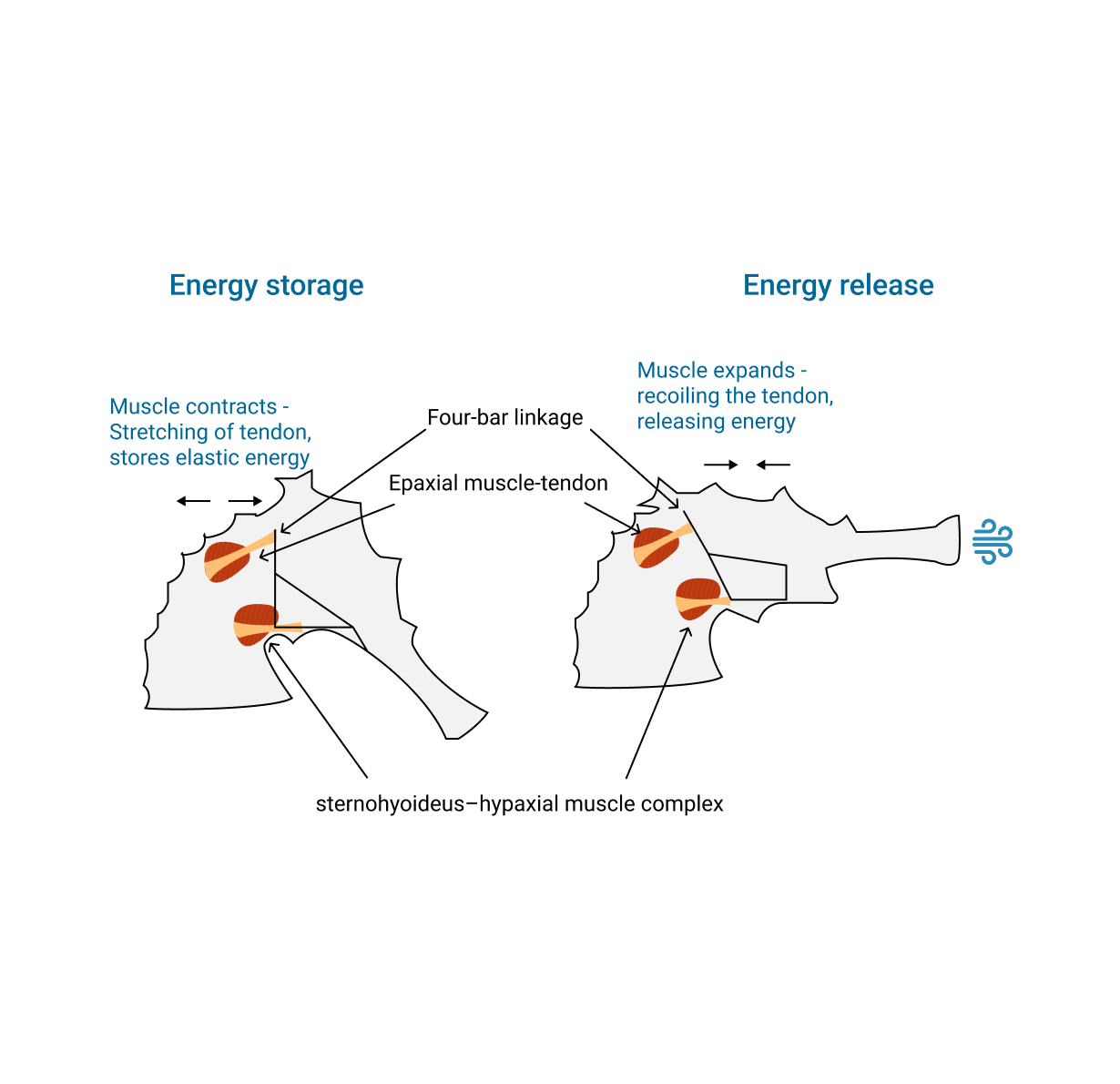A Study of Adaptive Design Principles in Natural Energy Storage
Project Overview
As renewable energy plays an increasingly vital role, efficient storage solutions remain a challenge due to variability and scalability constraints. This project investigated diverse biological models to uncover adaptable energy storage principles. By combining complex systems thinking and focused problem framing, the research distilled insights that inspire resilient, user-centered design approaches for innovative technology products.
Industry type: Renewable Energy
Project duration: 3 months
My role: Researcher
Overview of research process and findings in energy storage
Skills Applied
Deep user research and data synthesis techniques to navigate complex, multidisciplinary information.
Applying design thinking to frame technical challenges and identify principle-driven solutions.
Effective communication of high-complexity information via storytelling and visuals tailored for diverse audiences.
Collaborative validation and iterative refinement to ensure rigorous and applicable insights.
Independent project management aligned with real-world product development timelines
Problem Statement
Energy storage technologies present complex, multifaceted problems requiring solutions that balance technical performance with flexibility. For design teams, understanding how to approach such complexity informs better product decisions, especially in emerging sectors reliant on system resilience and adaptability.
Research Goals
Investigate natural energy storage mechanisms to identify scalable, efficient principles.
Understand constraints and trade-offs in current renewable energy systems.
Extract actionable insights to inform design strategies for complex, adaptive systems.
Research Process
Conducted a systematic literature review of current technologies, mapping their limitations concerning efficiency, cost, scalability, and environmental factors.
Researched over 30 biological models, from the elastic energy springs in seahorses to muscle-tendon energy storage in trap-jaw ants, focusing on how these organisms solve challenges of rapid energy release and storage.
Abstracted key design principles such as latch-mediated energy release, viscoelastic material properties, and segmented energy transmission systems.
Validated findings through collaboration with academic peers and subject-matter experts.
Developed detailed visual aids and concise written summaries to communicate complex insights clearly.
Insights and Design Implications
Reflection
Biological systems efficiently balance energy density, power output, and quick release, a valuable framework for designing adaptive hybrid energy storage solutions.
Principles of distributed, segmented storage and energy release mechanisms suggest new ways to think about modular and scalable product architectures.
Understanding nature’s trade-offs informs decisions about balancing flexibility and efficiency in system design, a critical aspect of user-centered innovation.
This project strengthened my ability to dissect complex, technical challenges through a disciplined research process. It enhanced skills in analysis, abstraction, collaboration, and communication, capabilities that support user-centered product design, where understanding intricate systems and synthesizing insights are crucial.


